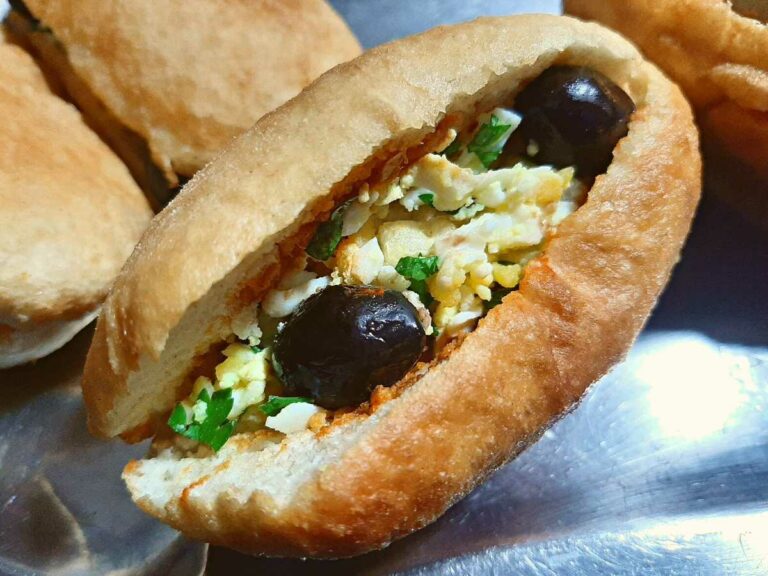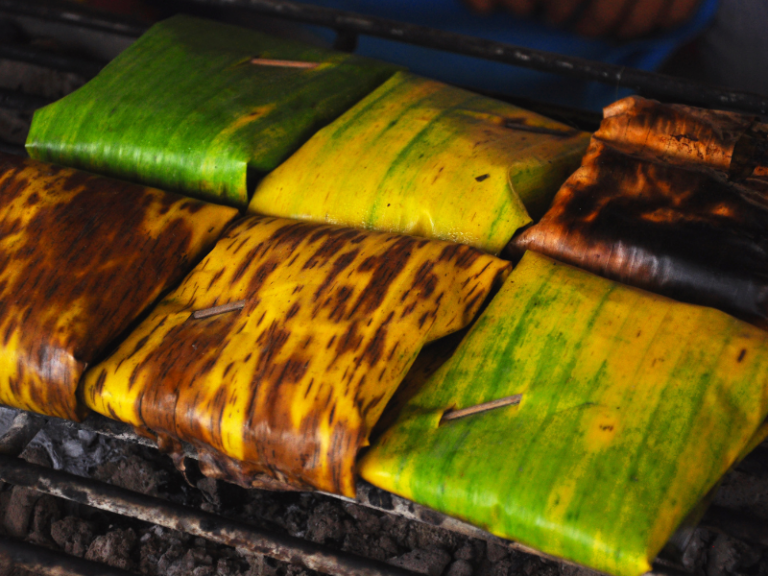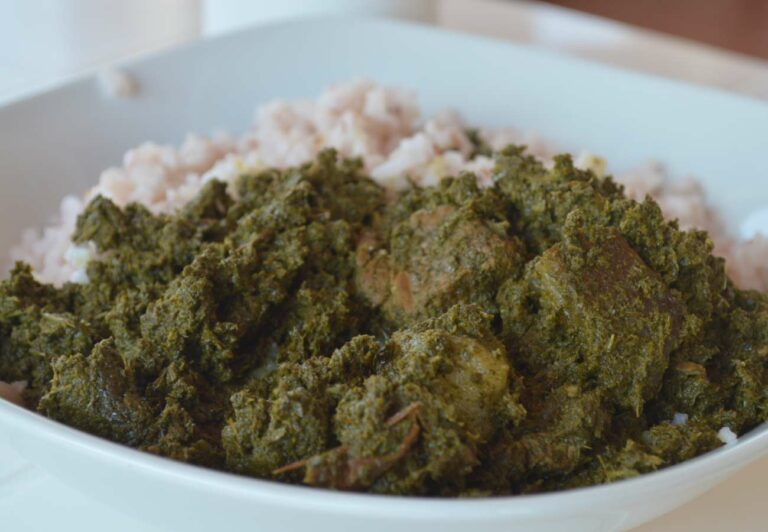Food of São Tomé and Príncipe: 7 Traditional Dishes
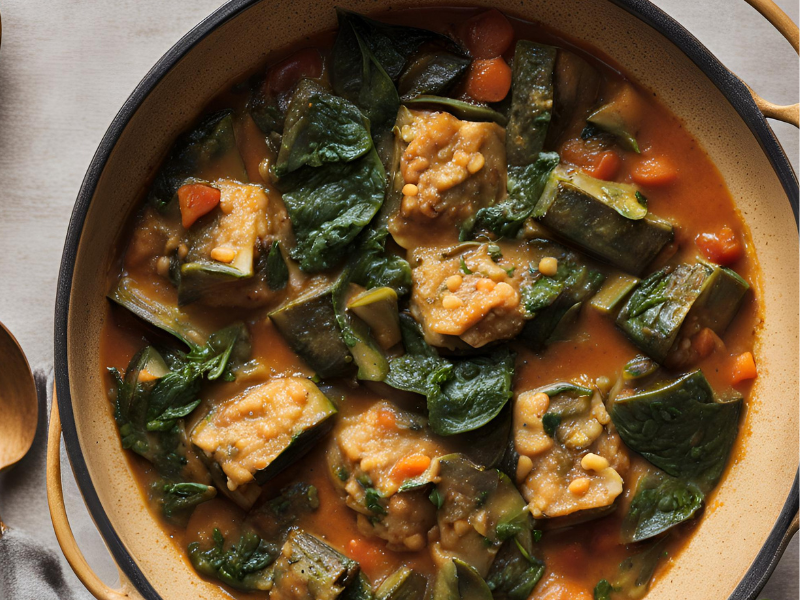
São Tomé and Príncipe is an African island nation near the equator consisting of two main islands: Sao Tome and Principe.
Portuguese explorers colonized São Tomé and Príncipe in the 15th century, gaining independence in 1975. Many of the islands’ dishes were influenced by Portuguese cuisine.
The islands have a topical climate, with wet and dry seasons, and consistent warm temperatures all year-round.
One of São Tomé and Príncipe’s main exports is cacao which is used to produce chocolate; the islands are nicknamed ‘Chocolate Island’. Their its premium cocoa beans are highly sought after by artisanal chocolate makers from around the world.
The cuisine of São Tomé and Príncipe has been influenced by African, Portuguese, and Brazilian traditions.
With access to the Atlantic Ocean, seafood is central to many dishes.
Green vegetables such spinach, amaranth, and cassava leaves are grown on the islands, which are often cooked in stews or served as side dishes.
Calulu (Fish Stew)

Considered the national dish of São Tomé and Principe, calulu is made by slowly stewing fish with vegetables such as okra, spinach and eggplants. This fish stew is often served with a side of rice or breadfruit.
The broth used to calulu is made with palm oil and chili peppers to add extra flavors and spice.
Usually calulu is made with fresh fish caught off the islands, but the dish can also prepared with dried fish.
Caldeirada de Peixe (Fish Stew)
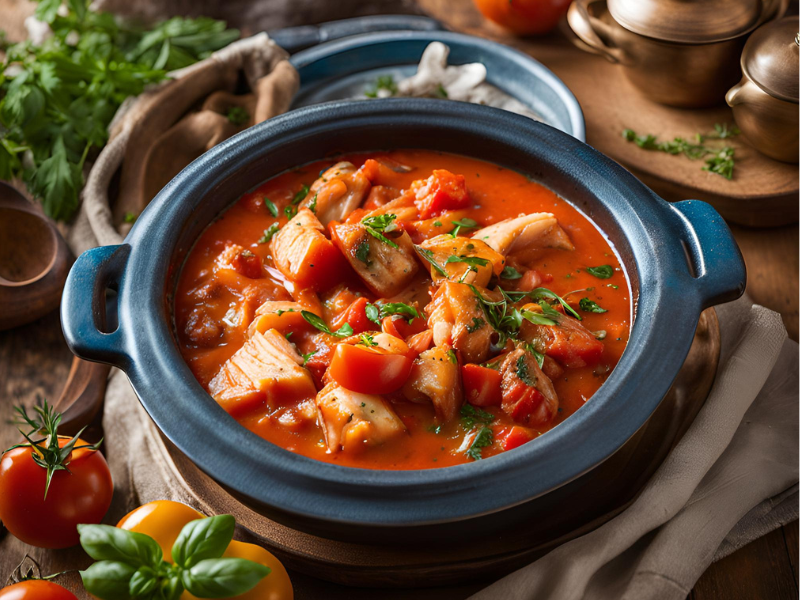
Barriga de peixe is a fish stew which is usually served with rice, breadfruit and cassava on the side. The broth of this stew contains tomatoes and onions.
The recipe for Caldeirada de Peixe is Portuguese originally and similar recipes can be found in Portugal.
Cachupa (Bean Stew)
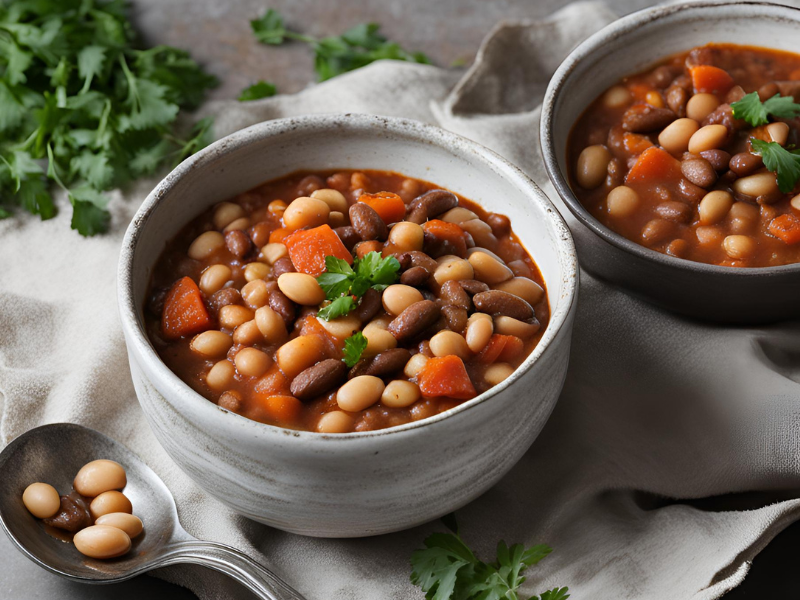
Cachupa is a slow cooked stew made with corn, beans, cassava, sweet potato, fish or meat.
The recipe for cachupa varies greatly depending on family traditions and region of the country. Usually, a large quantity of cachupa is prepared and shared as a social meal between families, friends and neighbors.
Pão Doce (Sweet Bread)
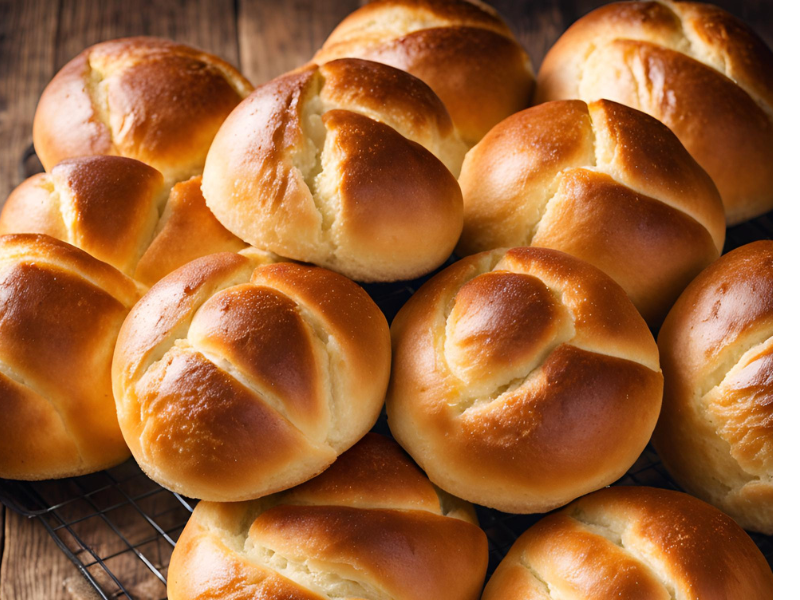
Pão Doce is a bread made with a light, sweetened dough and often flavored with coconut or cinnamon. This sweet bread is usually eaten as a snack or a breakfast item, served with a mug of coffee or tea.
The recipe for this bread dish is influenced by the Portuguese tradition of baking and is also popular in Portugal.
Pão Doce can be found in bakeries and street vendors across São Tomé and Principe.
Feijoada à Santomense (Pork Stew)
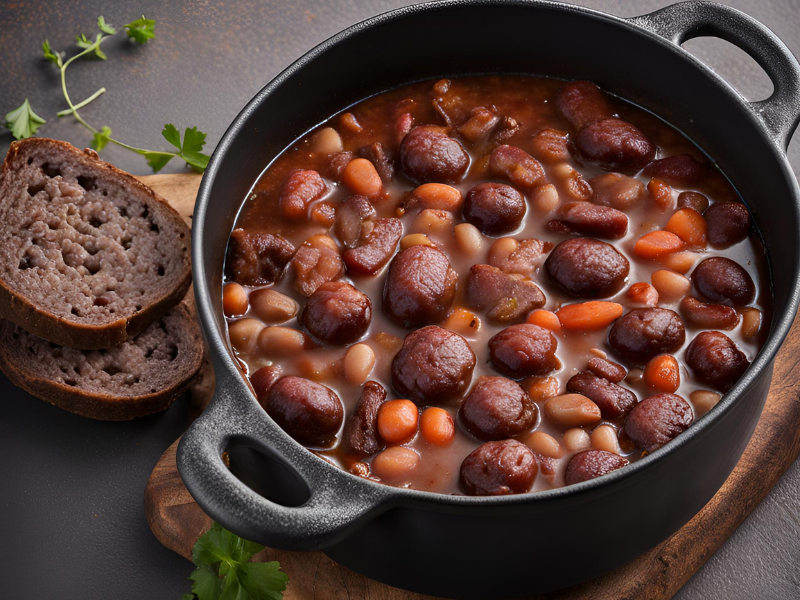
Feijoada à Santomense is a bean stew made with pork, blood sausage, and occasionally seafood, which is cooked slowly in a tomato-based broth.
Feijoada à Santomense is commonly served over rice, with sides of fried plantains and/or breadfruit.
This dish is a popular feature of social gatherings and special celebrations in São Tomé and Principe.
Chocolate
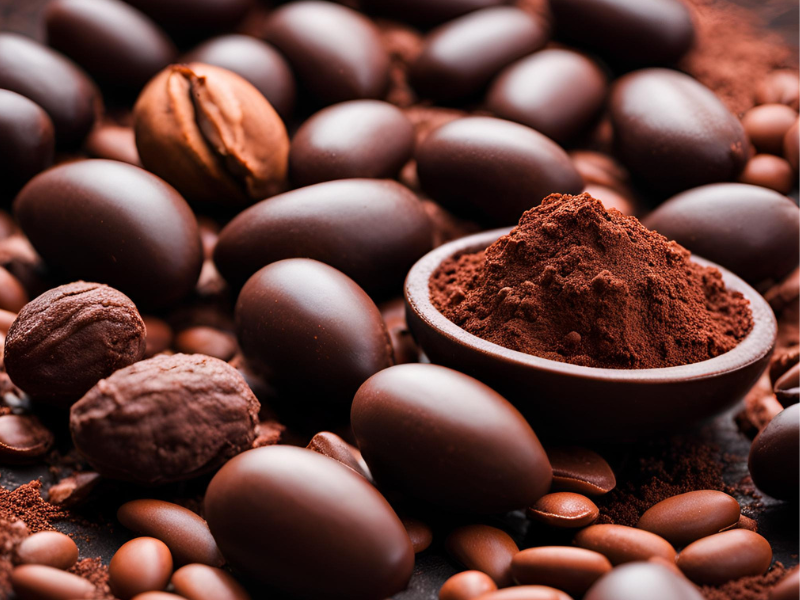
São Tomé and Príncipe is also known as the ‘Chocolate Islands’ as the islands’ cacao beans are renowned for being high quality.
The cacao trees of São Tomé and Príncipe are mostly of the Forastero variety and the islands’ climate provides the perfect conditions to produce rich chocolate.
Bobofrito (Fried Banana)

Bobofrito is made by frying banana in coconut oil until it becomes crispy on the outside. Palm sugar is occasionally added to the dish for extra sweetness.
Bobofrito is a popular dessert dish in São Tomé and Príncipe, eaten as a snack or after a meal.




